The North Carolina Marine Debris Action Plan includes several tangible steps that need to be taken over the next five years to both prevent and remove marine debris along the coast. The plan was developed by the North Carolina Coastal Federation, N.C. Coastal Reserve, N.C. Division of Coastal Management, N.C. Sea Grant, N.C. Wildlife Resources Commission, Coastal Carolina Riverwatch, and the N.C. Marine Debris Symposium.

The Federation partnered with industry experts from NOAA, North Carolina Sea Grant, and commercial shellfish operations to develop best management practices (BMPs) for the prevention of marine debris from the shellfish mariculture industry. These BMPs provide a guide for new growers and lease applicants to follow to make their best effort in keeping gear on the farm during normal operations as well as in preparation for a storm.

In 2006, partners began to talk about the decline in the quality of local shellfishing waters, mainly due to stormwater pollution. The Coastal Federation teamed up with Brunswick County, state agencies, and the Environmental Protection Agency (EPA) to prepare a study and restoration plan for the river. The plan targets simple solutions to infiltrate rain and reduce polluted runoff.

While wetlands can’t protect us from the devastating flooding of a storm like Hurricane Florence, healthy habitats – and good planning – can shield us from some of the worst impacts and can help our communities recover more quickly. The North Carolina Coastal Federation’s Coastal Resilience Initiative strengthens our natural defenses by restoring habitats and protecting our coastal communities.

A two-day summit held in Raleigh in March 2017 brought together appointed and elected officials, business leaders, scientists, academics, economic developers, tourism leaders and shellfish growers from North Carolina, Virginia and Maryland to discuss and plan for North Carolina’s opportunities for economic development through oyster aquaculture and coastal environmental restoration.
To better document how habitat enhancement projects in North Carolina improve the coastal economy and environment, the Albemarle-Pamlico National Estuary Partnership contracted with RTI International to assess the benefits and costs of the three oyster programs under the NCDMF habitat enhancement programs.

The Coastal Federation is working with federal, state, and local leaders, economic developers, private businesses, and coastal residents to create and implement an economic development strategy for the coast that also protects and restores coastal resources. Investment in coastal restoration creates short-term and long-term jobs, boosts fisheries, and ensures a clean environment that benefits the tourism industry. This draft comprehensive strategic blueprint explains how programs and projects that protect coastal resources also strengthen economic growth along the coast.

North Carolina’s estuarine system consists of approximately 23 inlets, 12,000 miles of estuarine shoreline, and more than 3,000 square miles of brackish water estuaries. Some of these areas are rapidly developing and lack coastal management strategies. Those communities are experiencing the issues such as habitat degradation, water quality changes, erosion and land loss, aging infrastructure, and conflicts over access are a few examples. Local governments are considering solutions to protect infrastructure from flooding and coastal change. Developing and implementing solutions require careful examination of the science and the legal and policy obstacles that are in place. The study below adds to the coastal management strategies discussions already taking place at the state and local levels and in the homes and businesses of those living on the coast.

To better document how coastal restoration in North Carolina also affects community and economic development, the North Carolina Coastal Federation contracted with RTI International to assess the link between coastal restoration and economic development, perform an economic impact analysis of related projects, review how other states benefit from coastal restoration, and identify how coastal restoration fits within the state’s larger economic development strategies.
